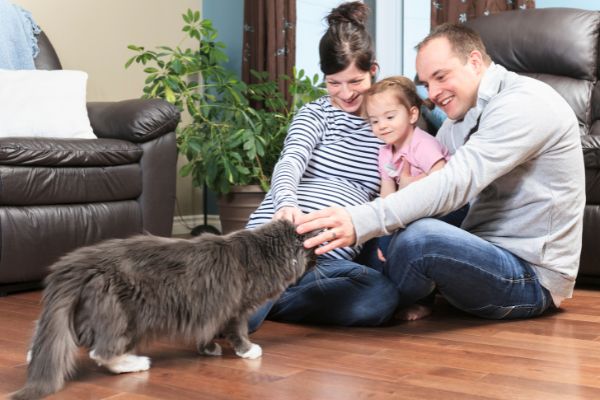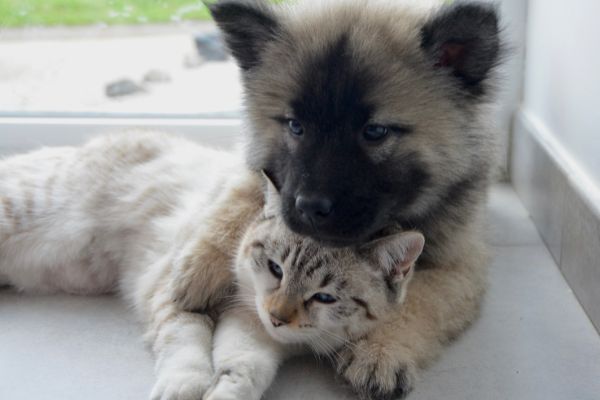
Part 2 in our 5-part series on pet loss
Part 1: How to Emotionally Prepare for the Death of a Pet
Losing a pet is heartbreaking for everyone in the family – for adults, children, and even for other pets.
Helping Children Prepare for the Death of a Pet
The death of a pet may be your child’s first experience with grieving the loss of a loved one.
If your pet will be euthanized due to age, illness, or injury, talk with your child before it happens. Tell your child the truth in simple, clear terms.
Instead of saying the pet will “go to sleep” (a phrase that young children take literally and could cause many sleepless nights for them), explain that the pet will receive a shot that will stop its heart from beating, and that the pet will die peacefully, without pain or fear.
Share information with your child gently, in a safe and comfortable place, and in age-appropriate ways. Reassure your child that everyone has done everything they can to help the pet and this is the kindest thing to do.
Consider these additional tips to help your child through the grieving process:
- Use teachable moments from nature to introduce the topic of pet death.
- Talk about your emotions and model appropriate responses.
- Encourage your child to ask questions and express sadness, anger, fear, and other feelings.
- Help your child find a special way to remember your pet and share happy memories.
Books for young children on pet loss
Dog Heaven, by Cynthia Rylant, for ages 1 year and up
When a Pet Dies, by Fred Rogers, for ages 4-8
The Heaven of Animals, by Nancy Tillman, for ages 4-8
I’ll Always Love You, by Hans Wilhelm, for ages 3-7
The Rainbow Bridge: A Visit to Pet Paradise, by Adrian Raeside, for ages 4-9
The Tenth Good Thing About Barney, by Judith Viorst, illustrated by Erik Blegvad – picture book for ages 6-9
The Invisible Leash, by Patrice Karst, illustrated by Joanne Lew-Vriethoff, for ages 4-8
Dogs in Heaven, by Melanie Salas
Helping Surviving Pets Grieve
Children aren’t the only family members who mourn the loss of a pet. If your household has more than one pet, surviving pets will also grieve over the loss of their companion.
Dogs and cats are pack animals, and their “pack” includes both the humans and other animals who live in your household. They depend on each member of the pack for safety and well-being, and may feel anxious and distressed at the loss of a furry family member.
It’s important to show extra love and attention to surviving pets as they mourn the loss. You may find it frustrating or disheartening when you don’t know what to do to comfort your surviving pet.
 Try these three tips to help you through the process:
Try these three tips to help you through the process:
1. Observe your pet to notice how it’s affected by the loss.
Watch for changes in appetite, habits (such as grooming or soiling), sleep, vocalization, and personality.
2. Maintain normal routines as much as possible.
Allow surviving pets time to establish a new social structure – a new normal.
3. Introduce new challenges.
Teach your pet a new behavior. Take them on a walk in a new location. Give them an interactive feeding toy.
Related articles:
When we reach out beyond ourselves in some way, it helps us through times of sorrow. As we comfort our surviving pet, its love and companionship can help us through our own grieving process.



